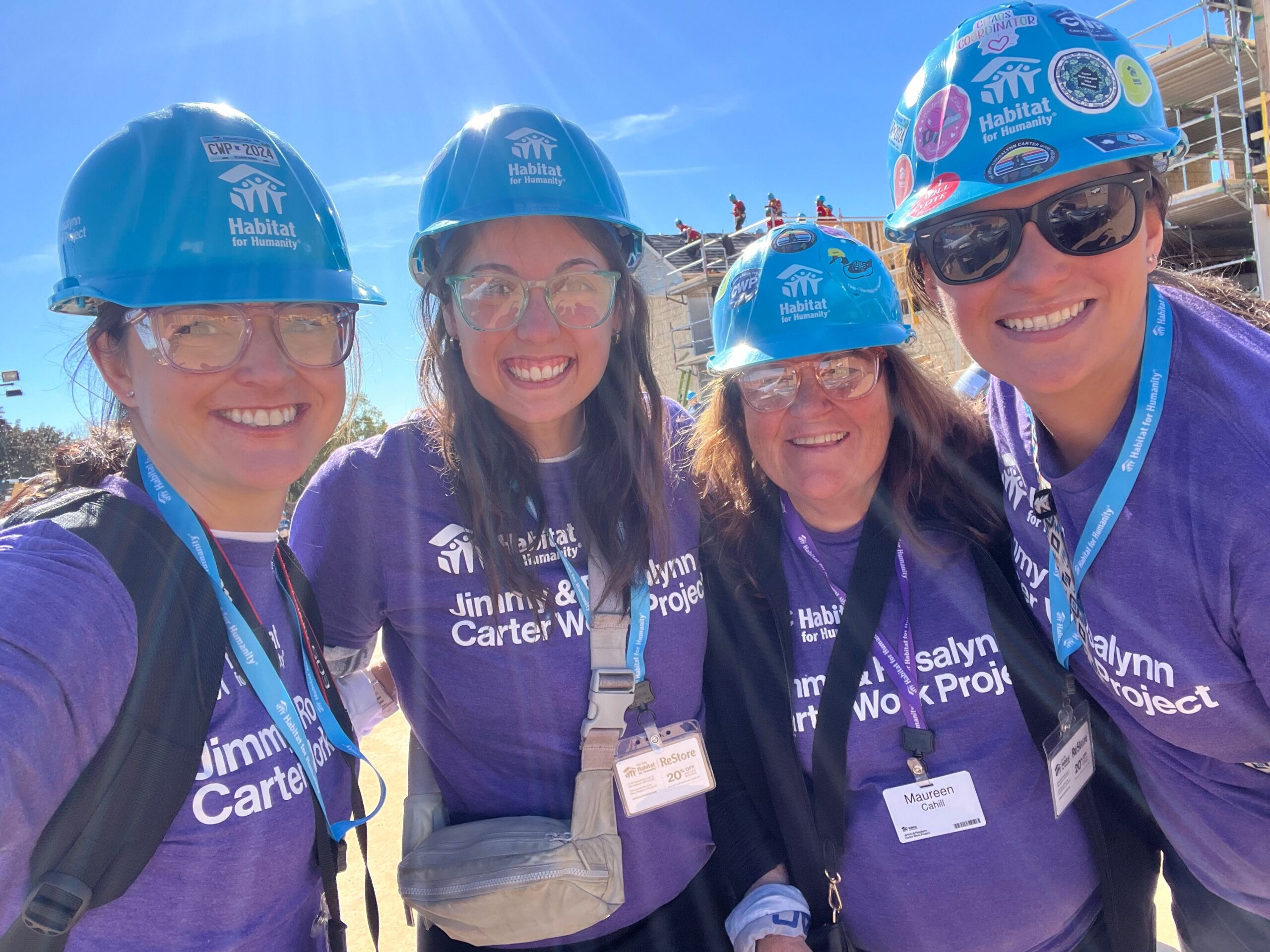As federal shifts and threats challenge the very existence of many nonprofits, many organizations find this is a trying time. The nonprofit arena was one of Bellmont Partners’ first areas of expertise, and we’ve helped hundreds find their way through challenge and opportunity. While today’s climate may be unique, it’s not totally unprecedented. During the pandemic, we helped many mission-driven, service-oriented organizations who were facing constant uncertainty.
In turbulent times, it’s more important than ever for nonprofits to take a fresh look at how they communicate the value they bring to their communities, their clients or end users, their staff and volunteers and even taxpayers. Donors, beneficiaries, elected officials and community members need to understand the critical role they play.
As an example, in Minnesota, according to the Minnesota Council of Nonprofits, the state would have to double its workforce to cover all the services nonprofits provide – with less efficiency, the report suggests. Nonprofits are also an important part of the state’s economy, not only providing services, but also jobs to 13% of the Minnesota’s total workforce.
In this environment, communicating with legislators has never been more important. As always, though, be sure to consult legal counsel before engaging in any direct lobbying activities if you’re unsure what your 501(c)(3) tax status permits. The good news is that most forms of advocacy are permissible, especially when simply articulating your value-add. Keep in mind, too, the climate and composition of your state and federal administrations when deciding how best to approach and frame your work.
So how do you quickly and effectively communicate your value to your elected officials? We have five tips to get started:
- Align your messaging – Now is a good time to take a fresh look at your messaging and ensure it’s not only up to date, but also compelling. Hone your mission statement, organizational values and the benefit you bring to those you serve. Add or update language about how changes in funding could be harmful to the recipients of your services.
- Develop a one-pager – A summary sheet, referred to as a “one-pager,” that highlights your messaging can be an extremely useful tool in meetings with elected officials, donors, and other influencers who need or want to know about your issue but don’t have the depth of knowledge or time to absorb many details. Forcing yourself to fit everything on one page and making it graphically appealing ensures it will be easily scannable. In addition to quickly communicating your value and your concerns in this moment, it should also have a clear and compelling call to action for elected officials (i.e. “Vote no on XXXX”).
- Be relevant to others – Beyond the one-pager, reiterate your messaging on your website so those closest to you know where you stand and can raise their hands to get more involved. Make it easy for those looking for like-minded partners to find you. Go further and consider a letter to the editor, OpEd or other earned media tactic to reach new audiences.
- Link arms with others – There is power in many, and Minnesota has a long history of coalition building and collective action. Regularly connect with other nonprofit leaders around areas of common ground and solutions. One way to easily find others in your area is by joining interest groups like the Minnesota Council of Nonprofits that exist for this very purpose. You can also ask your representatives who else is active on the issues you care about.
- Tap your network – Reach elected officials effectively by tapping those close to them. If you know of someone in your network (including your board members) who can help advocate on your behalf, now is the time to leverage those relationships.
While the current climate is difficult, it may be serving as a catalyst for nonprofits to ensure they’re communicating clearly about the vital role they play in their communities and the indispensable value the nonprofit sector collectively brings to the state. At Bellmont Partners, we’ve worked with nonprofits large and small to execute all five tips, and more, in the way that is most appropriate and values-aligned for each organization and its goals. We’d be happy to chat with you about an approach that would work best for your organization. Contact us to get started.

